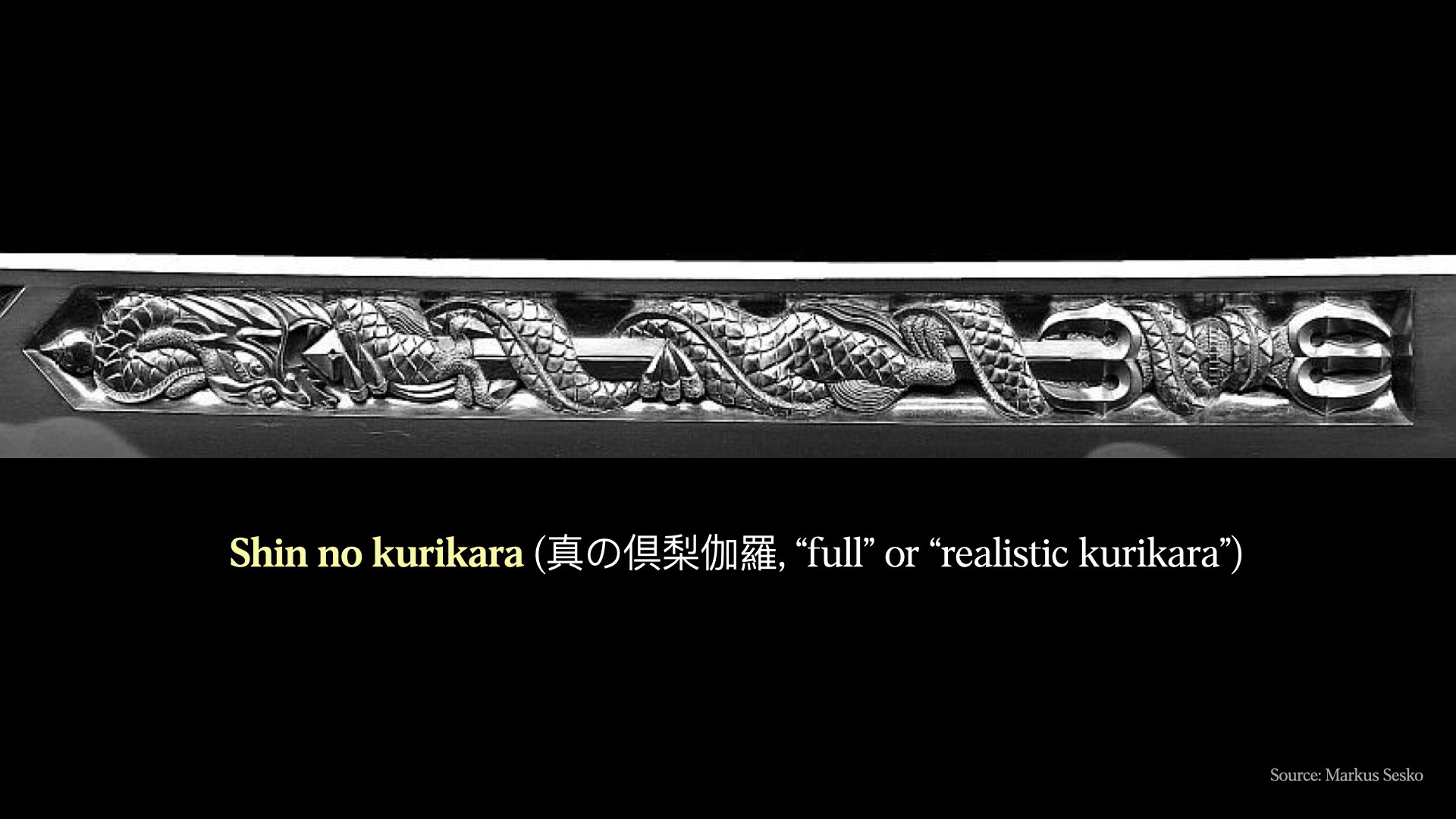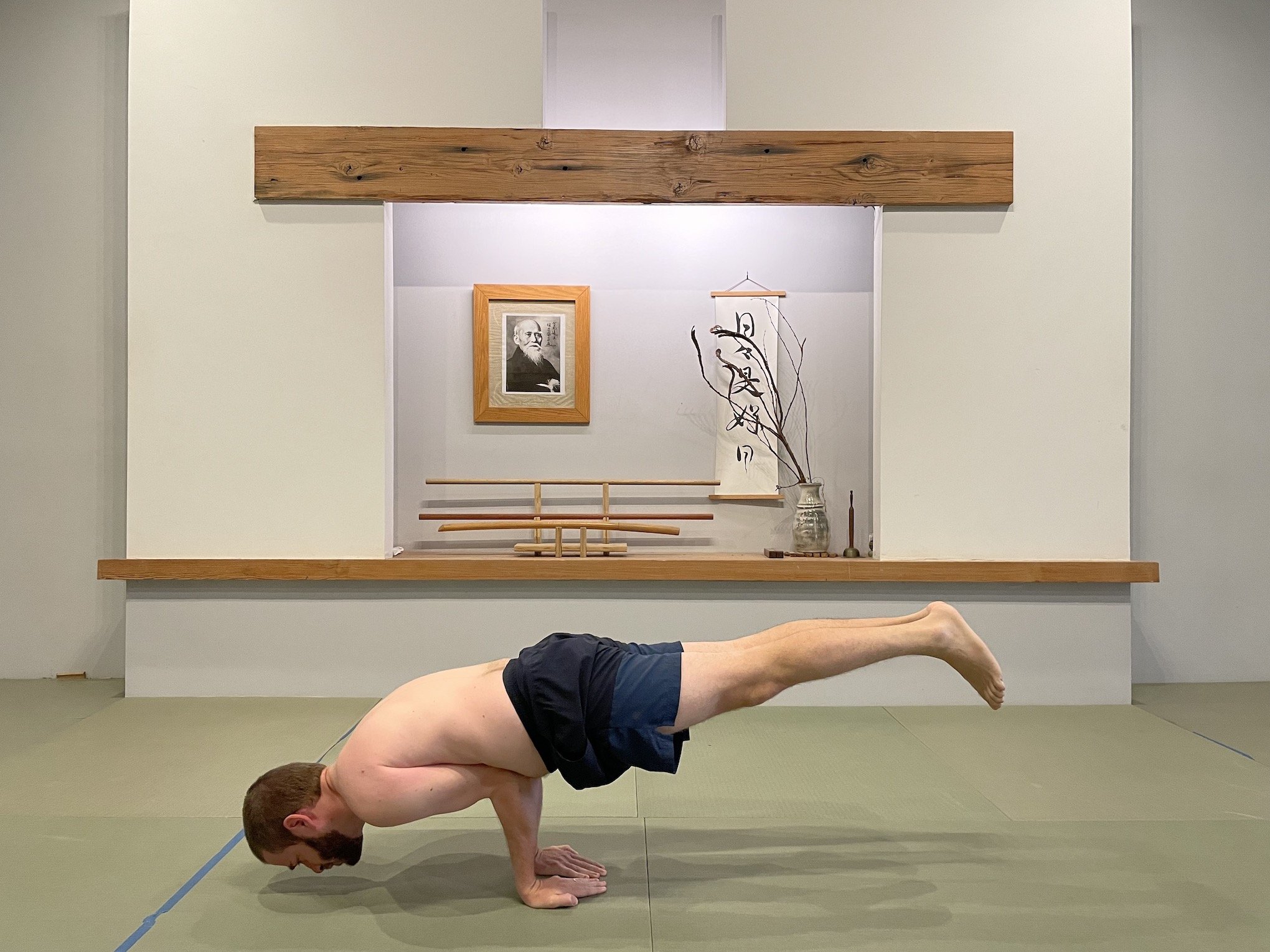
Further Reading
Comprehensive training in the sword has always involved developing both mind and body. These articles by members and friends of Zentokan Dojo offer a glimpse of our approach.

The End of Tōshō?
There are still tōshō making swords of appropriate quality for iai-batto practice, but their number has declined over the past 70 years. Meanwhile Covid, American tariffs, and recent events in other countries – particularly China – have reduced the number of factories producing high-quality, Japanese-style swords. The question at hand is whether swords of appropriate quality will be available and affordable in the future.

My Journey to Shodan
As I prepared for my latest exam I was reminded of something Michael sensei asked me before an earlier grading. He said, “Jerome, before you agree to take the exam, I want you to consider what would it mean if you don’t pass. What would failing change for you?”

Reflections on the Road to Shodan
In the immediate post-COVID (mid-COVID? Are we still mid-COVID?) era, I had grown a bit more sedentary than usual. Working in software (and being an avid gamer), I was already spending large swaths of time sitting at a computer, but now I no longer had a commute to and from an office to at least attempt to balance out my lifestyle. As lockdowns lifted, I figured it would be good to get into some sort of activity for the sake of my slowly atrophying physical fitness.

言葉隠: 武道と日本語
僕は8年間抜刀道を練習したり、5年間、日本語も勉強したりする。よく、日本人に「なぜ日本語を勉強していますか」と聞かれる。数年前、日本語初級の時、僕は「居合道」を練習したいと答えると、日本人には無表情があった。「てっきり、日本人が居合道というのを知っているだろう」と考えてしまったからだ。

言葉隠: Budo and Modern Japanese Language
I’ve been studying Battodo for about eight years, and the Japanese language for five of those years. Often, Japanese people have asked me (in Japanese) why I study the language. When I was earlier in my studies, I would explain that I practiced iaido and wanted to better connect with my teachers in Japan, but that would always lead to blank stares. Surely, I thought, native Japanese speakers would recognize a Japanese word like iaido, no? Clearly, I had a lot to learn about language.

The Dialogue Between Jissen Budō and Seishin Shugyō Budō
In iaidō and battōdō, there is a dichotomy, two prevailing and seemingly contradictory philosophies as to how Japanese sword arts should be practiced, often referred to as jissen budō and seishin shugyō budō, or simply as shugyō budō. Jissen budō is the easier of the two to define as jissen is commonly translated as “actual combat” or “realistic fighting.” By contrast, shugyō has a variety of translations including “austere training,” “cultivating conduct,” “repeatedly training,” “conducting oneself in a way that inspires mastery,” and “deep mind-body training.”
At its most superficial the question can be posed as: do kenshi train with their swords as tools of combat, or as sacred tokens to aid them in their maturation as individuals? And going a little further, when iaidō is a metaphysical pursuit, is it still a budo?

So you want to learn the Japanese sword?
It’s the time of New Year’s resolutions and people all over are joining gyms and going on diets. You’re a little different and you’ve decided that instead of a gym, you want to learn the art of the Japanese sword. Believe it or not, within three hours of New York City there are over a dozen dojos that teach battodo, the art of drawing the sword.

Mind Over Mat(ter): Learning the Art of Tameshigiri
Even if you have been practicing the martial arts for a while; even if you have a decent amount of proprioception, once there's a weapon in your hand, the game changes.

My First Lesson in Battojutsu: Rurouni Kenshin
Battojutsu (抜刀術) is a legitimate term for Japanese sword arts, and the way they are portrayed throughout Rurouni Kenshin is not wholly inaccurate compared to what I’ve learned in my battodo classes. So, for this article I would like to explain the portrayal of battojutsu in a scene from the series.

Form & Function: An Evening at The Metropolitan Museum of Art
On the evening of June 24th, 2024, Zentokan Dojo was honored to present a demonstration of Toyama Ryu Battodo at The Metropolitan Museum of Art. How do form and function unite in the Japanese sword? What makes it such a beautiful and effective weapon? How does the Japanese sword really work as a bladed weapon? How does that influence the practice of swordsmanship today? And why is it valuable to practice such an anachronistic art in the first place?

An interview with Zach and Michael
In a wide-ranging two part interview with the prolific blog Martial Arts of Yesterday, Today, and Tomorrow, Zach Biesenz, the founder of Zentokan Dojo, and Michael Shane, current Chief Instructor, offered a look at their individual and shared budo journeys, the history of the dojo, teaching philosophy, and more.

The omote and ura of tenouchi
Tsukanigiri and tenouchi refer to how to properly grip the sword. As with most budo concepts, there is an omote definition and a deeper ura aspect for these terms.

A Short History of Batto-jutsu in America (Part 3)
This is the last installment of a 3-part essay on the development of iaido and battodo in North America. Looking back on the post-war history of iai we’ve observed that in the 1960s, iai was taught almost exclusively through kendo dojo and then expanded through the interest of judoka like Donn Draeger sensei. Iai practice in the mid-1970s to mid-1990s expanded again through karateka and aikidoka whose maturing study of budo led them to both find Japanese sensei in America, and American sensei who had studied in Japan. This effort was also boosted in the 1990s by a small group of American budoka who in the model of Draeger, studied in Japan and returned to the US, bringing back an expanded knowledge of iai and other little known koryu budo.

On metsuke, maai, and ma
On the surface, metsuke, maai, and ma may appear to refer to distinct ideas, but in fact they are connected concepts that relate to the level of one’s perception (and one’s ability to manipulate the perception of another) when using the sword.

A Short History of Batto-jutsu in America (Part 2)
This essay is part two of three and covers the years from 1970 to 1989, a challenging time in the development of iaido/ battodo worldwide. The predominant iai ryuha practiced internationally at this time were Musō Shinden-ryū and Musō Jikiden Eishin-ryū – sometimes taught in an orthodox manner and sometimes with variations.

Shugyo in Japan: Practical Application of Esoteric Buddhism in Kenjutsu
Michael sensei gave a short talk at a meeting of the New York Token Kai about his most recent trip to Japan, which included an intensive retreat focused on the advanced practices of Kurikara Ryū Heihō (倶利伽羅流兵法), a syncretic school of Japanese swordsmanship with roots in shugendō (修験道 / mountain asceticism).

A Short History of Batto-jutsu in America (Part 1)
This essay is divided into three parts: part one covering 1945 to 1969, part two covering the 1970s and 80s, and part three covering 1990 to 2001. In as much as gendai budo generally don’t have soke lineages; rarely have central registries of who was or wasn’t given a menkyo or mokuroko, and as the fragmentation of koryū lineages has increased, I hope this essay will assist students of the Nakamura Ha of Toyama-ryū Battōdō, Nakamura-ryū Happōgiri Battōdō, Eishin-ryū Battō Hō and related battōdō to learn about the people who earnestly studied these budo and passed them down to us.

30 Months of Tanren
It was the spring of 2020, and the COVID-19 pandemic had upended life for everyone. I was lucky to be safe and healthy, and after some time I realized that this upheaval might contain an opportunity to find something that was missing in my swordsmanship. At this point in my study of the sword I had spent years trying to understand what I now know as shisei (姿勢) — “the capacity of posture to generate power”. I understood the concept intellectually, but I had failed so far to connect with it in a practical way. So I emailed John Evans sensei out of the blue to ask if he would take me on as a long distance student. He was kind enough to say yes.

In Pursuit of Shinken
